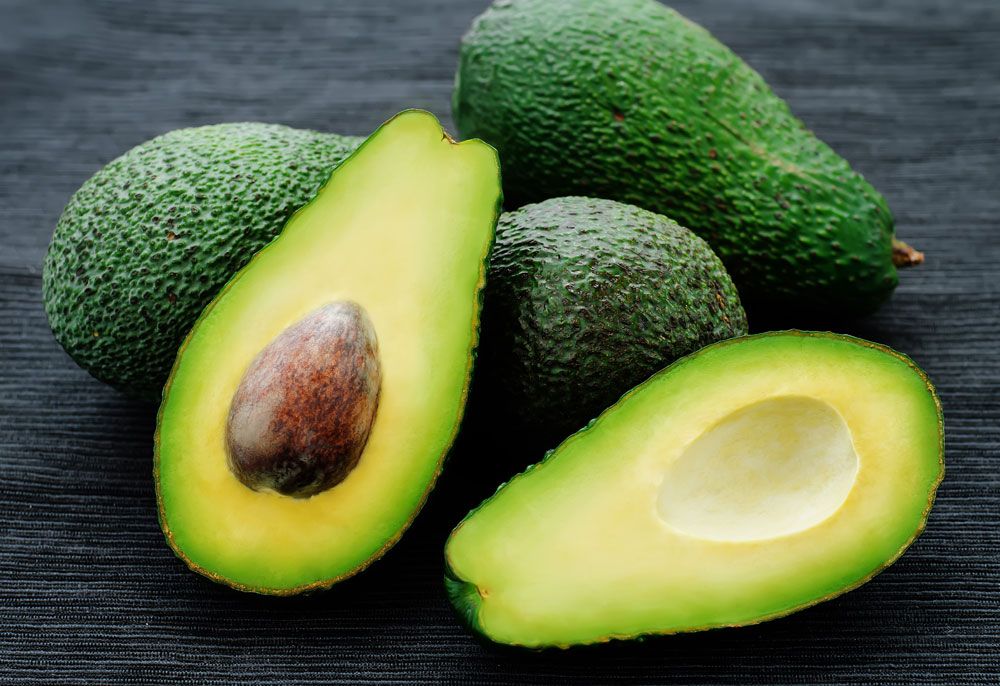Mexico, the Netherlands, Peru, Spain and Chile were the main avocado exporting countries in the world in 2022, according to data from the World Trade Organization, the Bank of Mexico and PromPerú.
With a year-on-year growth of 8.6%, external sales of Mexican avocado were US$3.55 billion in 2022.
The avocado (Persea americana) is native to Mexico, Central or South America, and was first cultivated in Mexico as early as 500 BC.
The first mention of avocado in English dates back to 1696. In 1871, avocados were first introduced into the United States in Santa Barbara, California, with trees coming from Mexico.
According to researchers Mark L. Dreher and Adrienne J. Davenport, by the 1950s, there were more than 25 varieties of avocados packaged and shipped commercially in California, with the Fuerte accounting for approximately two-thirds of the production.
With the large-scale expansion of the avocado industry in the 1970s, the Hass avocado cultivar replaced the Fuerte as the leading variety in California and subsequently became the leading variety worldwide.
The Hass avocado contains about 136 g of pleasantly edible, creamy, smooth-textured fruit covered by a thick, dark green, purplish-black, bumpy skin.
Avocado exporting countries
The other exporters had the following results: the Netherlands, $1.139 billion (-1.6%), Peru ($890 million, -12.2%), Spain ($420 million, -9.1%) and Chile ($213 million, -0.5 percent).
The U.S. Department of Agriculture (USDA) indicates that international demand for Mexican avocados continues to increase, and producers without access to the U.S. market continue to seek international markets with higher profitability than the domestic market.
Jalisco exported 26% more volume than the previous marketing year in MY 2020/21, mainly to Japan, Canada, France, and Spain.
Frozen avocado puree is a common exportable by-product, with a shelf life of eight to 10 months.
Fresh Mexican Hass avocados from Michoacán enter the United States duty free. Producers pay APEAM five cents per pound of avocado exported to cover USDA inspection fees.
![]()

